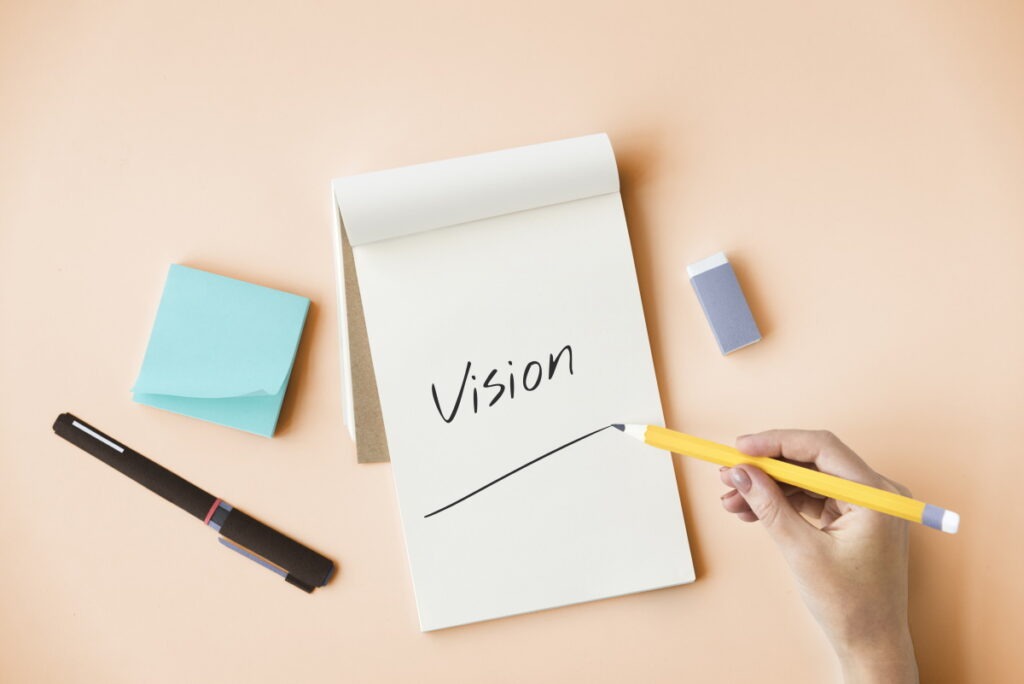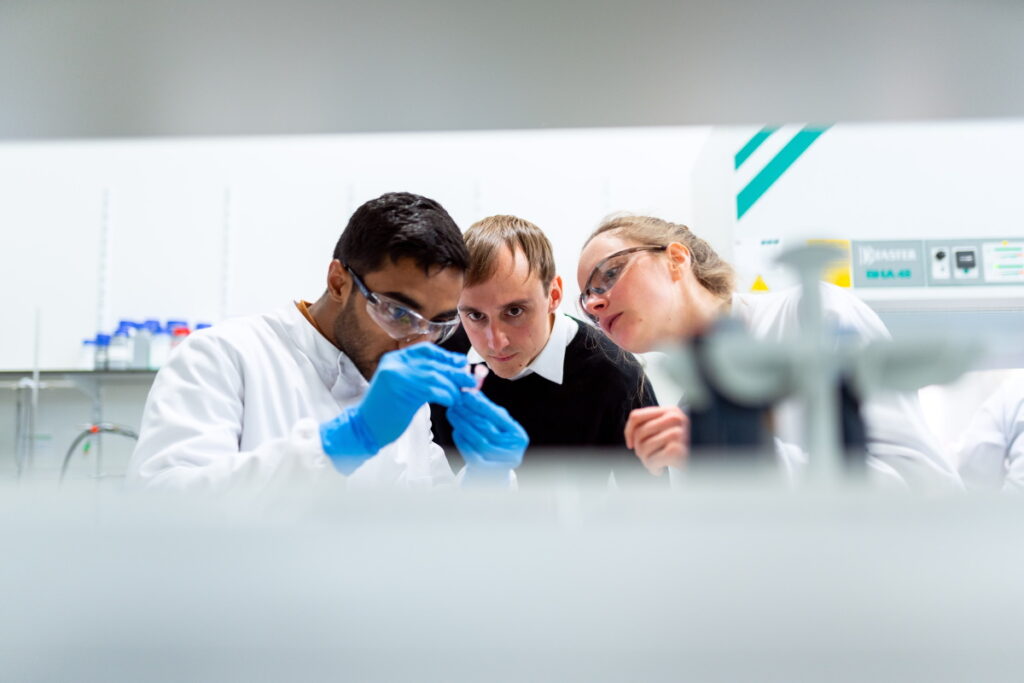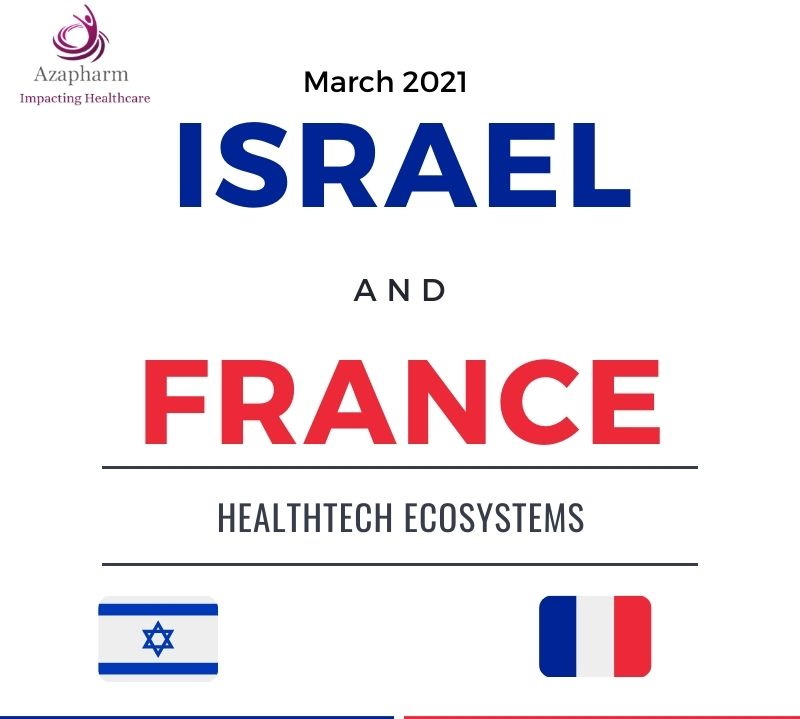
Bioconvergence: What it is and why medical innovation start-ups need to pay attention to it
Imagine a nature-inspired technology that can increase your life expectancy. One that can prevent or delay the onset of chronic diseases like diabetes, cancer and heart diseases.
How would it feel if we could help in early and efficient medical intervention and diagnosis to prevent or delay such diseases? That would be pretty epic, right? Well, it’s already being done.
The methodology of Bioconvergence is exactly that: the study of nature and its models, mechanics and their application to the process of innovation. In sciences and specifically life sciences and medical innovation, this approach has been increasingly growing and for a good reason. It allows innovators to not only create better things and make a real impact, but also opens the doors to more and better funding this facilitating the business development and commercialization of these better products.
This incredible breakthrough in life sciences was born out of the desire to provide improved healthcare products and services to people. In recent years, the healthcare system has gone through major changes and reforms in a bid to provide more accessible and effective medical healthcare to the global population. Researchers all over the world have been studying how nature can be used and mimicked to solve most of the ailments ravaging the world population. Natural processes of healing, reconstruction and regeneration have been studied, replicated and applied in labs and in other settings, to improve and advance the way we innovate medicine, pharma and biotech.
So, what is bioconvergence anyway?
Nature has always inspired innovations in nearly every industry. The medical industry is no exception and in fact it’s looking like it’s becoming the leading industry to make use of this methodology. Bioconvergence incorporates natural mechanics and models with technology towards improving the quality of healthcare services, thus transforming the healthcare and life sciences industries.
This concept fuses biology and other engineering disciplines like ML (Machine Learning), AI, physics, nanotechnology, chemistry, computer science, electronics, advanced genetic engineering and material science all designed to positively affect the health of humans. The human body is highly complex, and made up of quite a number of complicated systems. In order to provide an effective solution to healing the human body, it makes perfect sense to follow a multidisciplinary and multifaceted approach, which is what bioconvergence allows innovators to do.
Bioconvergence paves the way to achieve this holistic path through its groundbreaking innovations in treatment, regenerative medicine, diagnostics and many more. This approach to development of new products and services offers lots of untapped potential to the healthcare industry both in terms of the actual inventions, innovations and research and in terms of business development and funding avenues for the industry.
Bioconvergence applied: Medical Innovation, Healthcare and Biotech use cases
The increasing rate of chronic diseases plaguing the world population has made it imperative for researchers to make remarkable breakthroughs in medical research and treatment. From novel cancer treatments, to better drugs and vaccines, to rapid testing and accurate diagnosis and all the way to better and easier access to healthcare services through digital means, the race is on to make a real impact.
Medical devices are moving from traditional hardware systems to biological materials and smart Machine Learning and AI based software. The convergence of bioengineering and medical devices gives rise to new biomedical devices.
Regenerative medicine, gene therapy and CAR-T are some important areas in medicine that benefit from the application of bioconvergence, but they are not the only ones. This approach has greatly revolutionized many aspects of healthcare services/biotechnology. Among others it has made a significant impact on the following:

Drug delivery
The precise delivery of drugs to diseased areas in the human body has been a big challenge in the medical field. This nature-inspired technology has engineered the development of nanorobots from biological systems like DNA to help in the precise delivery of drugs to target cells.
Regenerative medicine (Tissue engineering)
Another application of bioconvergence is in regenerative medicine. In this case, healthy cells from a person’s body are isolated and grown to replace injured or diseased tissues. This technology can also be used in immunotherapies like CAR-T, where a patient’s T cells are genetically engineered, and reintroduced into the patient’s body to fight the cancer. New organs can also be built with this innovative technology.
Another example is the “organ-on-a-chip” technology which facilitates the growth of human tissue that functions like a specific organ (whether it’s a heart or an ear or any other organ) in an environment such as a plastic chip.
Pharmaceuticals
The pharmaceutical industry can also benefit from this methodology by using research models developed to precisely forecast disease development in order to improve efficiency and treatment precision.
New drugs can also be tested on modelled organs such as the ones mentioned before, which will help in lowering the cost of developing new drugs, as well as mitigate adverse effects. The modelled organs can be used to monitor the progress of disease development in the human body. This will help in identifying efficient drugs for humans, rather than testing the efficacy on lab animals, thus also shortening development cycles.
Digital health
Bioconvergence can also be used to improve access to quality healthcare, and increase efficiency through the use of digital tools like AI powered applications and mobile health treatment and digital diagnostic platforms. By understanding and mimicking natural mechanisms, we can help humans get better healthcare, faster. We can improve digital health applications and platforms by improving the human-computer interface, essentially creating better UX (user experience) and HX (Human experience) by learning how different elements in nature interface with each other.

How start-ups can use bioconvergence to create better products and services
Startups, especially in the medical innovation and healthcare industry can leverage this new technology and methodology integrating computational biology and other disciplines to create holistic products and services.
They can have computational labs and experimental labs that support research and development in biotechnology. This technological integration can then provide widespread, sustainable and cost-effective solutions to many users in the healthcare industry.
Bioconvergence isn’t new by any means, but it is becoming increasingly known and popular. Most experts in this field are top researchers in academic institutions where research and development are carried out. The synergy between the researchers and professionals in the medical industry (doctors, nurses) has always existed but bringing in experts from other disciplines (AI, ML, computer science and more) can bring about a tremendous development to the industry.
Bioconvergence as a funding booster for start-ups
Every industry has its unique requirements and concerns regarding funding, be it access, available channels, types of investors or size of investments. The access to funds often determines the locations of these start-ups. The availability of funds to carry out research (long-term ROI on larger than average investments) is of great concern to medical and life science start-ups.
Start-ups that are located close to research universities or institutes can get affordable lab space, knowledge and technology transfer opportunities and potential employees and other human resources.
If you’re an investor looking for exciting ventures to tap into, that are multidisciplinary, University research is where you’ll want to start looking.
If you’re an entrepreneur looking to get funded, you may do well to embrace bioconvergence and incorporate multiple disciplines into your venture, thus broadening your funding option.
Startups can access funding through various channels from bank loans, through founder’s money, government support through grants and entrepreneurial programs, venture capital (VC) investors, to angel investors. Having your venture founded on multiple disciplines and technology, opens doors to more grants (which are often focused on specific niche/tech), to more investors, whether VC or angel (who are often industry specific) and to collaboration projects with other start-ups, Academic institutes and more. It gives you more options.

Examples of ventures utilizing Bioconvergence and developing business around it
Though bioconvergence is still growing, some ventures are already taking advantage of the potentials that it offers both in product development and in funding and commercializing these products. These companies have leveraged this technology to develop innovative solutions that combine biopharma and engineering. They are also using this approach to do better in their businesses development, and are making more impact in the healthcare industry:
- Nano-Ghost: Prof. Marcelle Machluf of the Technion, Israel Institute of Technology, developed a nanometric drug delivery system called Nano-Ghost. This system targets cancerous tumors and precisely delivers treatment to cancerous cells without harming the surrounding healthy cells.
- Precise-Bio: This company has made a ground-breaking advancement in regenerative medicine. They developed a product that can print tissues at cellular levels. They are the first in the world to implant a printed cornea in a para-clinical trial and to demonstrate complete functionality of the engineered organ.
- MeMed: They have developed a platform that precisely differentiates viral and bacterial infections. This diagnostics innovation combines a smart algorithm, machine learning, systems engineering and molecular biology to decipher the reaction of the immune system.
- Anima Biotech: Anima Biotech plays an active role in therapeutics discovery. They have developed a platform for the discovery of small molecule drugs that selectively control mRNA translation. The platform combines breakthrough novel biology with proprietary analysis software that runs in a big-data cloud architecture.
- Tissue Dynamics: Using the organ-on-a-chip technology, they have developed a microfluidic platform which mimics the physiology of human tissues (e.g liver). It studies the mechanism of a new therapy and identifies its level of toxicity.
- GSK, Setpoint Medical corporation, Zymergen and Ginkgo Bioworks are more examples of companies (larger and smaller) using bioconvergence to create better pharmaceutical products.



